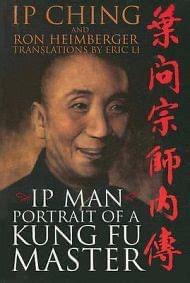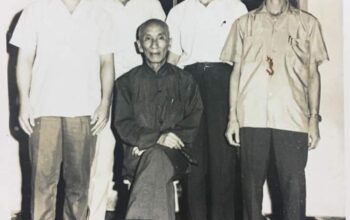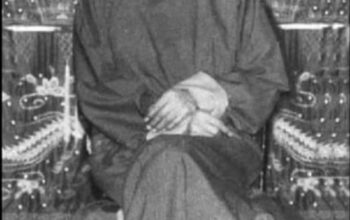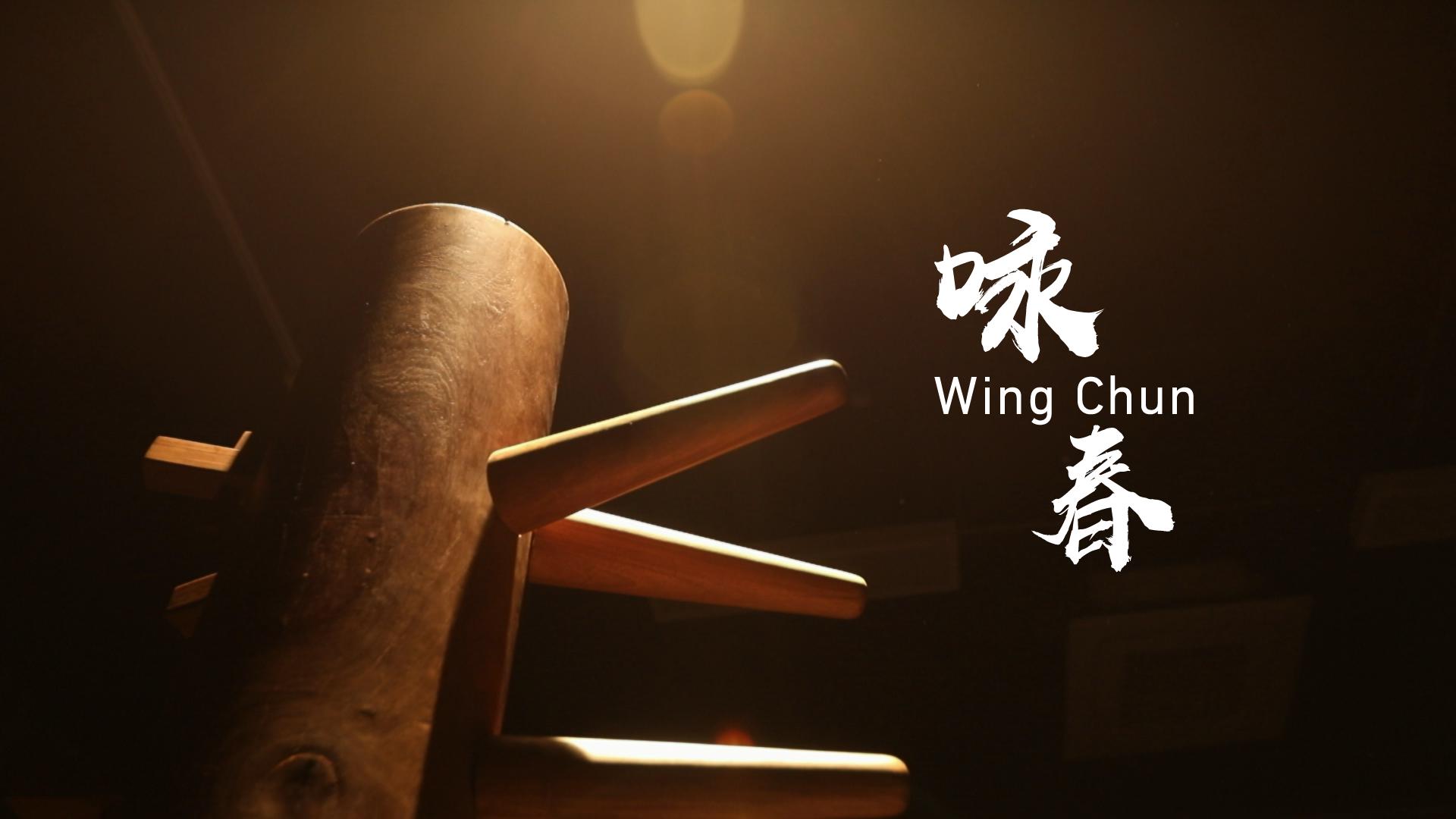Wing Chun is a Chinese martial art that has gained international recognition for its efficiency, practicality, and unique principles. Its history can be traced back to the 17th century in the southern part of China, particularly in the Guangdong province. The art was developed by a Buddhist nun named Ng Mui, who is credited as one of the founding figures of Wing Chun.
Legend has it that Ng Mui was a survivor of the destruction of the Shaolin Temple during the Qing Dynasty. Seeking revenge against the Qing forces, she embarked on a journey to refine her martial arts skills. During her travels, Ng Mui encountered a young woman named Yim Wing Chun, who was being harassed by a local bully. Ng Mui took Yim Wing Chun under her wing and began teaching her a system of martial arts that would eventually bear her name.
The principles of Wing Chun were influenced by Ng Mui’s observations of nature and animals. She incorporated concepts such as economy of motion, redirecting force, and exploiting an opponent’s weaknesses into the system. Ng Mui developed a system that focused on practical techniques and efficient use of energy, enabling practitioners to overcome larger and stronger opponents.
Over the centuries, Wing Chun continued to be refined and passed down through generations of practitioners. While the art was initially kept within a small circle of disciples, it eventually spread beyond its secretive origins and gained recognition in the martial arts community. One significant figure in the history of Wing Chun is Ip Man, a renowned master who played a pivotal role in popularizing the art.
Ip Man, born in 1893, became one of the most influential figures in the Wing Chun lineage. He dedicated his life to the preservation and promotion of the art, training numerous students who would go on to become prominent Wing Chun masters themselves. One of his most famous students was Bruce Lee, who would later become an iconic martial artist and actor. The global success and recognition of Bruce Lee further contributed to the popularity of Wing Chun.
In recent decades, Wing Chun has expanded its reach beyond the borders of China and gained a global following. Its practical approach and emphasis on efficiency have resonated with practitioners seeking effective self-defense systems. Wing Chun has also found its place in popular culture, with its distinctive techniques and principles being featured in movies, books, and other media.
Today, Wing Chun is practiced by individuals of all ages and backgrounds, from dedicated martial artists to those seeking self-defense skills or physical fitness. The art continues to evolve, with various lineages and interpretations adding their unique perspectives. Despite the variations, the core principles of Wing Chun, including centerline theory, simultaneous attack and defense, and economy of motion, remain central to its practice.
In conclusion, Wing Chun has a rich and fascinating history that traces back to the 17th century in southern China. Developed by the Buddhist nun Ng Mui and passed down through generations, Wing Chun has become renowned for its practicality, efficiency, and adaptability. From its humble origins to its global recognition today, Wing Chun continues to be a respected martial art that attracts practitioners seeking effective self-defense and a deeper understanding of the martial arts.







